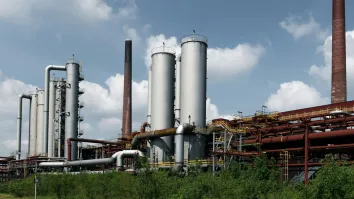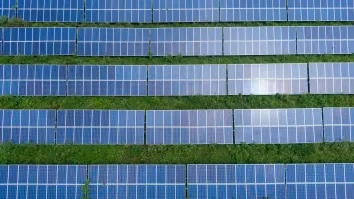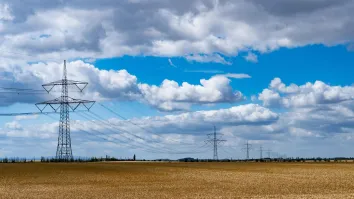Nuclear energy growth in Asia Pacific rising rapidly
A nuclear power boom in Asia Pacific promises clean, secure energy, says lead author of World Nuclear Performance Report 2023.
Nuclear energy is a power segment that is rising more rapidly in Asia Pacific than most people in the region may realise. Based on the World Nuclear Performance Report 2023, remarkable progress was documented in the Asia Pacific region.
Dr. Jonathan Cobb, senior communication manager and lead author of the report published by the World Nuclear Association, told Asian Power that nuclear energy is rapidly gaining traction as a key contributor to the region’s clean and reliable energy future.
His expert insights also shed light on the current status and development of nuclear power in Asia Pacific with respect to nuclear reactors across the globe. “In 2022, World Nuclear output was 2545 terawatt hours of electricity. That’s just over 9% of electricity generation worldwide, and it's around a quarter of all the clean electricity production worldwide,” Cobb said.
“In many regions, electricity generation from nuclear [power] remained steady, but the Asia-Pacific region stood out with a significant increase in output,” he added.
Compared to other parts of the world, Cobb underscored that this development in Asia Pacific is a significant accomplishment.
“Electricity generation from nuclear [power] was similar to 2021 in many regions, but it declined in Europe due to some outages in France. With those outages completed, output in Europe will increase again,” he said. This, however, is temporary, he added.
In Asia Pacific, nuclear energy’s remarkable growth translates to an output of 700 terawatt hours, marking an increase of more than double over the past decade, the report showed.
This rapid expansion is underpinned by 143 operable reactors in the region with a combined capacity of 121,002 megawatt hours, along with another 38 reactors currently under construction.
Whilst the region is making impressive strides in nuclear energy deployment, challenges remain on the path to its expansion.
Cobb emphasised the importance of political commitment as the first step, stating: “A clear signal from governments is needed to give the industry and financial stakeholders the confidence to proceed with nuclear energy plans.
Additionally, ensuring the availability of a skilled workforce and well-resourced nuclear regulators is crucial to the success of nuclear projects.
Cobb highlighted the significance of engagement with local communities and stakeholders, emphasising the need for a “social contract” that outlines the benefits of nuclear reactor construction and operation to ensure public support.
Looking ahead, the Asia-Pacific region is poised for continued growth in its nuclear energy sector. With an increasing demand for clean, secure, and reliable energy, nuclear power stands as a strong candidate to meet these requirements.
“Nuclear energy’s role in the clean power mix of the Asia-Pacific region is set to expand further, contributing to sustainable growth and energy security,” Cobb said.
For more updates on the evolving energy landscape and nuclear advancements, visit Asian Power.



















 Advertise
Advertise







Commentary
How pump retrofits boost profitability and efficiency in ageing power plants